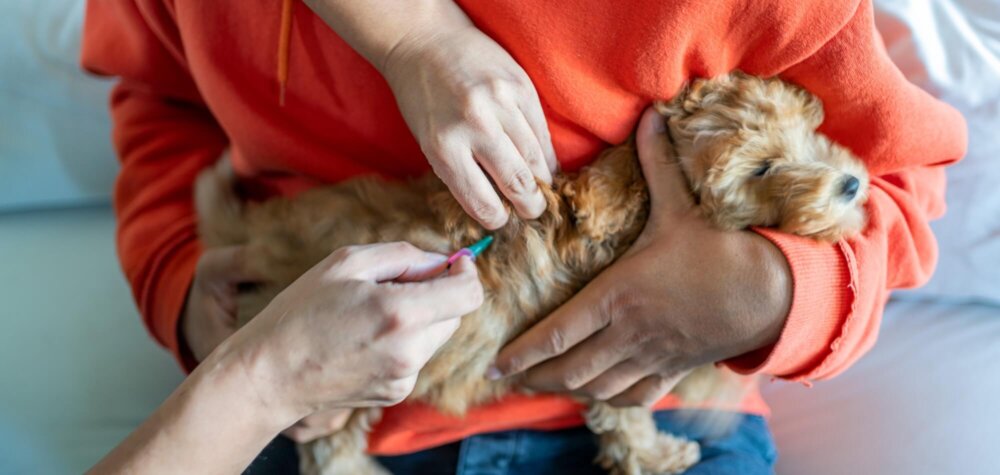Rabies is a viral disease that can affect mammals. This virus does not have a cure, but luckily you can take steps to prevent it. Here’s what you need to know about rabies.
What is rabies?
Rabies affects the central nervous system. It spreads through the nerves to the brain, and can cause paralysis or even death. Any mammal can contract rabies, and some mammals are known as “host reservoirs.” Host reservoirs are animals that host and spread rabies and include skunks, weasels, and bats. While dogs, cats, and humans are susceptible to rabies, they are not hosts.
There are 2 forms of rabies: furious and paralytic. It is possible for your pet to show signs of either or both forms.
How do pets get rabies?
This unpleasant virus is secreted in saliva. If an infected animal bites your pet, this can transmit the disease. Rabies can also be spread when saliva from an infected animal comes into contact with an open wound.
It’s best to stay away from wild animals and supervise your pet when you are outside. Keeping a close eye on your dog or cat can help protect them from rabid animals. Reach out to your veterinarian immediately if your pet is bitten by another animal.
What are the symptoms?
The symptoms of rabies can be hard to notice at first. They start gradually, but as the virus progresses, the symptoms can become more obvious. Behavioral changes and paralysis are the most common signs. It is extremely important to pay close attention to your pet and contact your veterinarian if you think they have rabies.
The paralytic form of rabies will cause your pet to develop paralysis in some muscles. If the furious form develops, your pet can become aggressive and delusional. Some other symptoms to look out for include:
- Fever
- Lethargy
- Lack of appetite
- Excessive drooling
- Weak legs
- Difficulty breathing
- Seizures
- Fearfulness
- Aggression
How is rabies prevented?
Rabies may not have a cure, but with your veterinarian’s help, you can keep your pet protected. Get your pet vaccinated against rabies as soon as possible. After the initial vaccination, your pet will need a booster every 1 to 3 years. This will drastically improve your pet’s chances of survival if they catch rabies.
By keeping your pet up to date on vaccines and watching out for wild animals, you can ensure that your pet lives a long and happy life with you.



